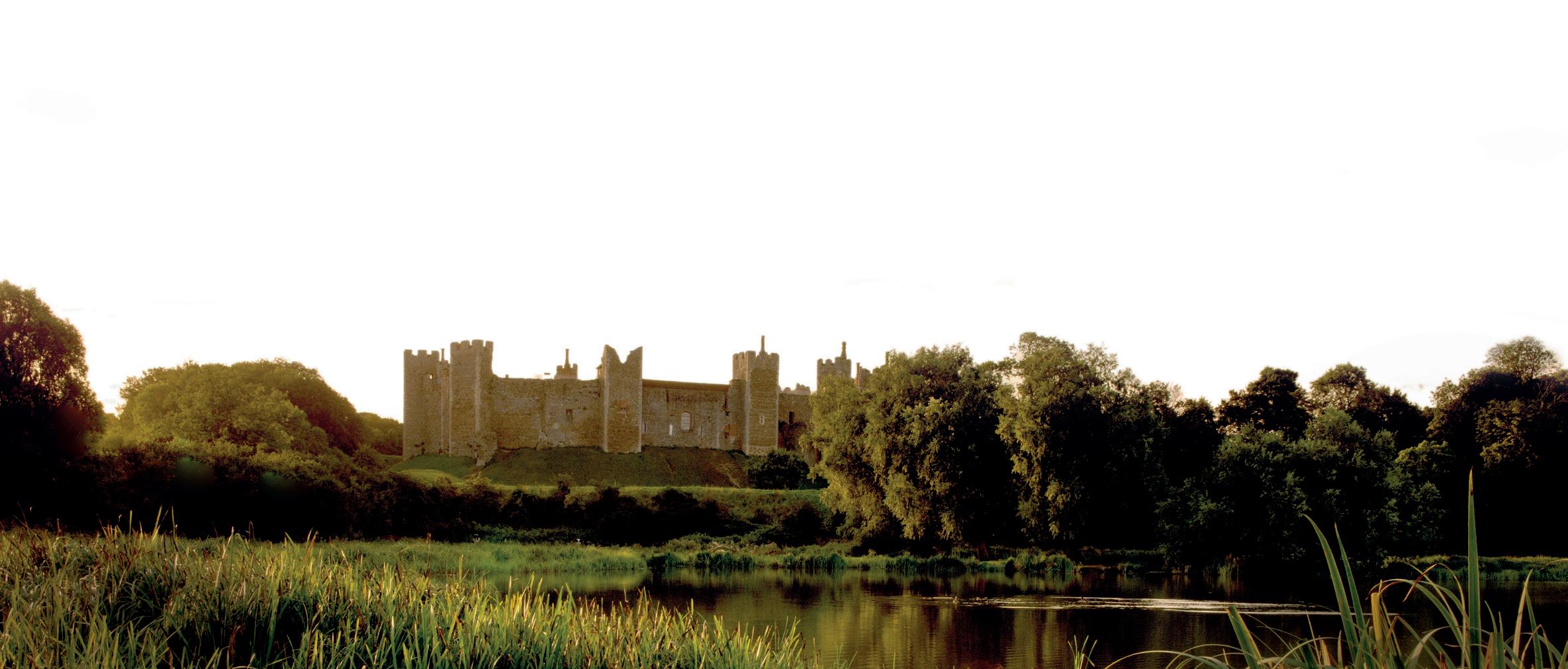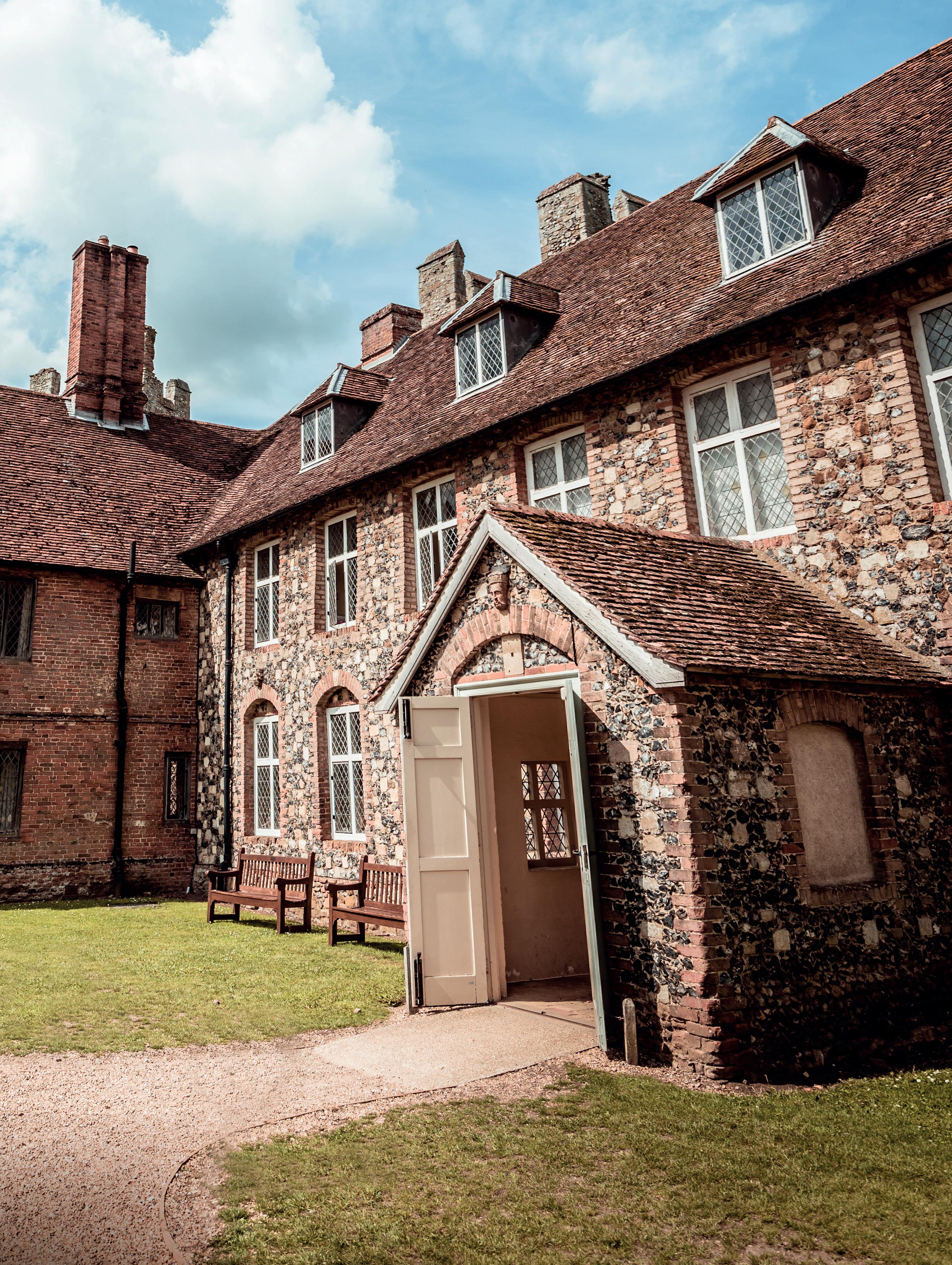
2 minute read
PROJECT PROFILE
PROJECT PROFILE
PAST LIVES IN THE WORKHOUSE
Visitor assistant Sam Cresswell uncovers the secrets of Framlingham Castle.
Framlingham Castle was once at the centre of a vast network of power and influence, and Mary Tudor was proclaimed queen here in 1553. In 1729 a workhouse was constructed on the site of the castle’s great hall, to house the district poor. Just over a hundred years later, the last workhouse inmates left and the building was used as a parish hall.
Project overview In October 2021, site volunteer Ant Wooding suggested a project to undertake more in-depth research into the lives of the workhouse inmates. A team of four coordinators and twenty two research volunteers were assigned to the Workhouse Project. They used a variety of sources, including the Monthly Return of Paupers, the archives of local newspapers and the Suffolk Record Office.
Stories uncovered Poverty: Sparrow Clow, 17, spent five days in the workhouse in 1812. For much of his life he claimed poor relief – he was even admitted the day after his marriage. His frequent admittance and discharge could have been caused by his seasonal employment as an agricultural labourer. In 1892 The Framlingham Weekly News suggested his last known occupation was ‘foreman of the roadmen’. He died shortly after in Mill’s Almshouses, Framlingham.
An Unexpected Death: John Drake was admitted to the ‘Framlingham House of Industry’ in February 1813 and spent three years in the workhouse until his death in 1816. At roughly 70 years old he had suffered fits since his admission. When John failed to appear for breakfast one day, a 15-year-old inmate
named Hannah Barker was sent to fetch him from the lodging rooms, where she found his lifeless body. A subsequent inquest attributes his death to ‘a visitation from God’ (natural causes).
Misconduct: Martha Brunning was readmitted to the workhouse in 1832 with her baby daughter Lydia. An illegitimacy order names Lydia’s father as Freeman Webster who was subsequently imprisoned in 1835 for non-payment. No stranger to the workhouse, Freeman was admitted for two brief periods in 1829 and 1830. The couple were never reconciled. The 1841 census indicates that Lydia lived with her paternal grandparents.
Theft: After refusing to work, inmate Richard Moore was sent to prison on 25 February 1832. Soon after his re-admittance in March, he was subsequently sent back to prison, after stealing the workhouse reward box, with fellow inmate Jeremiah Marjorum. The Bury and Norwich Post, 11 April 1832, reports their sentence of three months imprisonment and a private whipping.
A Better Life: 1830 saw the Paternoster/ Drane family being admitted and spending just over one year in the workhouse. In 1860, Samuel Drane emigrated to Canada, finding employment as a gardener. In 1901, Samuel relocated to Welland, Ontario, a few miles from Niagara Falls, where he found work as a school caretaker, earning $150 a year. ■

PLAN YOUR VISIT In late November we’ll be launching workhouse tours which will further tell these stories, and the stories of other inmates. For details visit www.english-heritage.org.uk/framlingham










